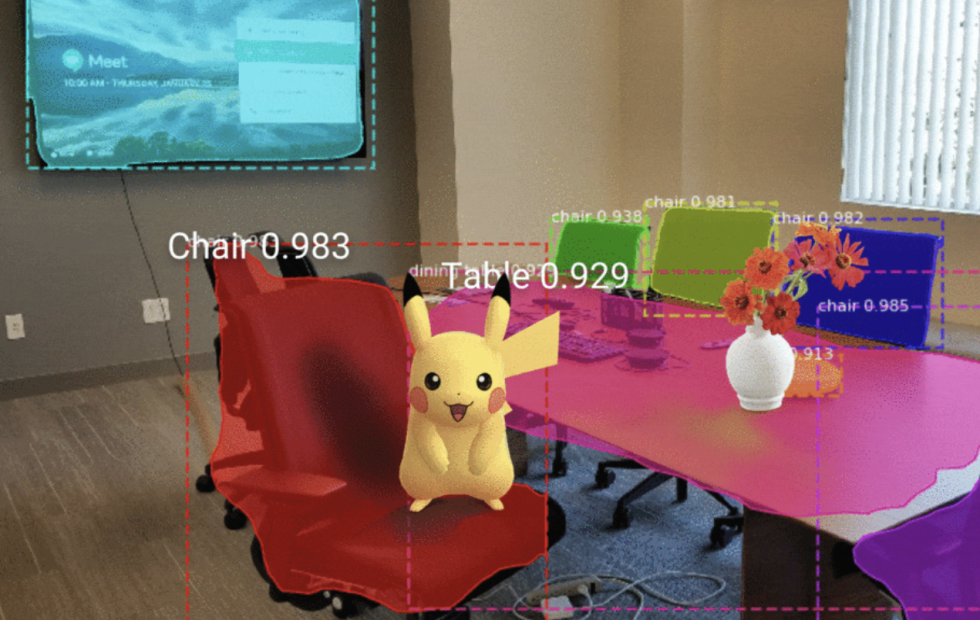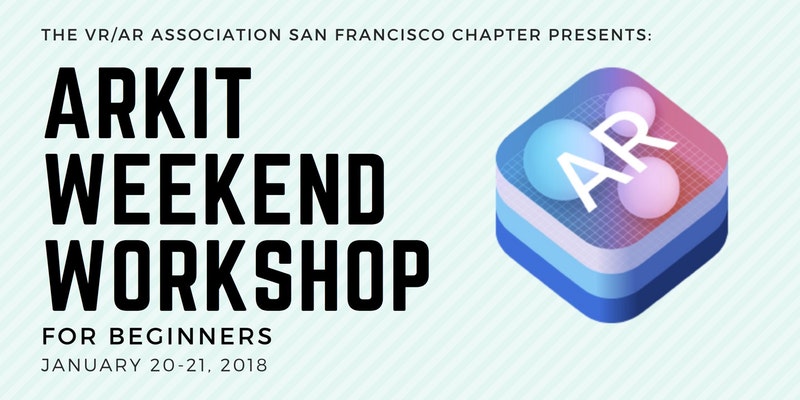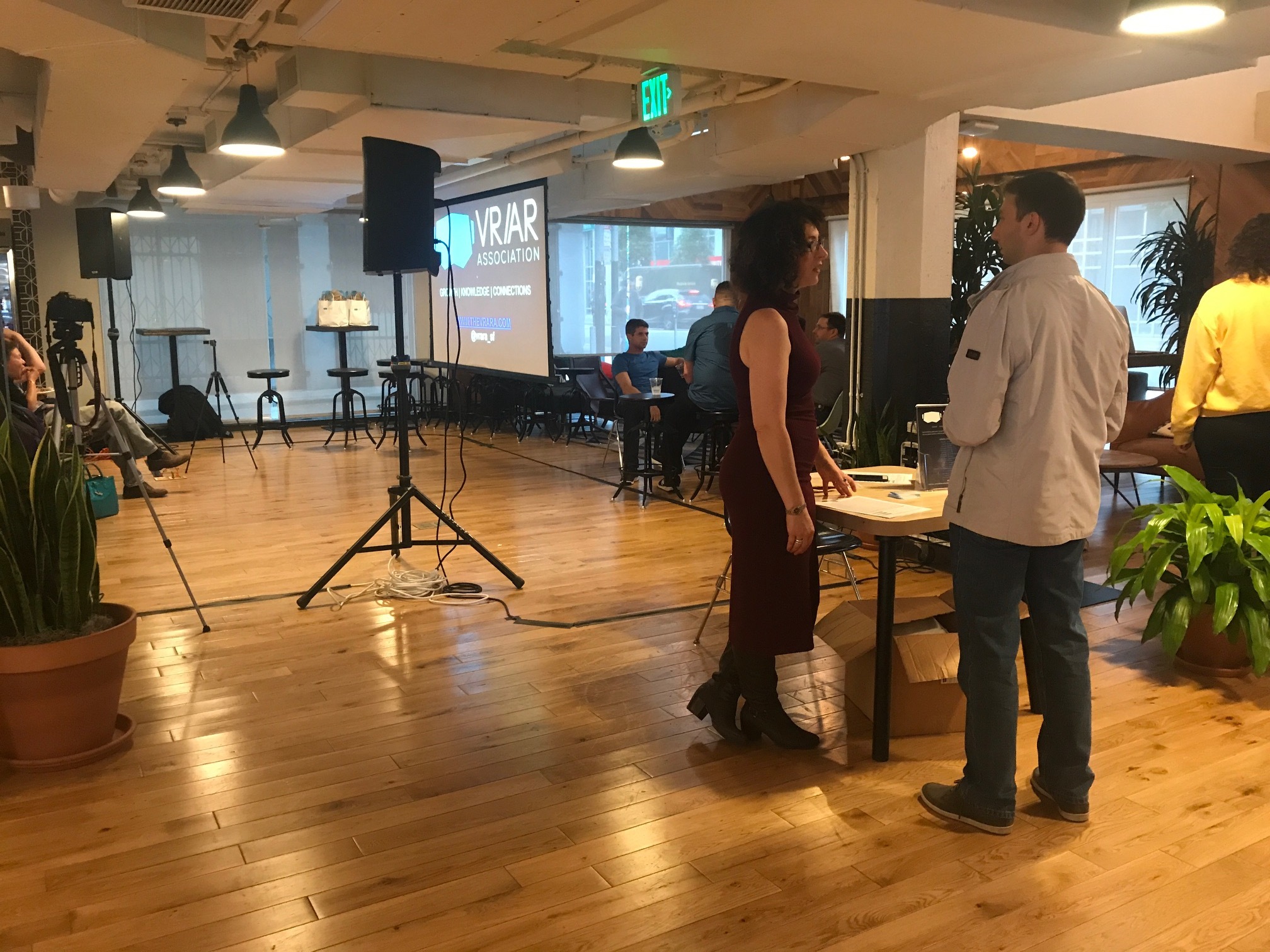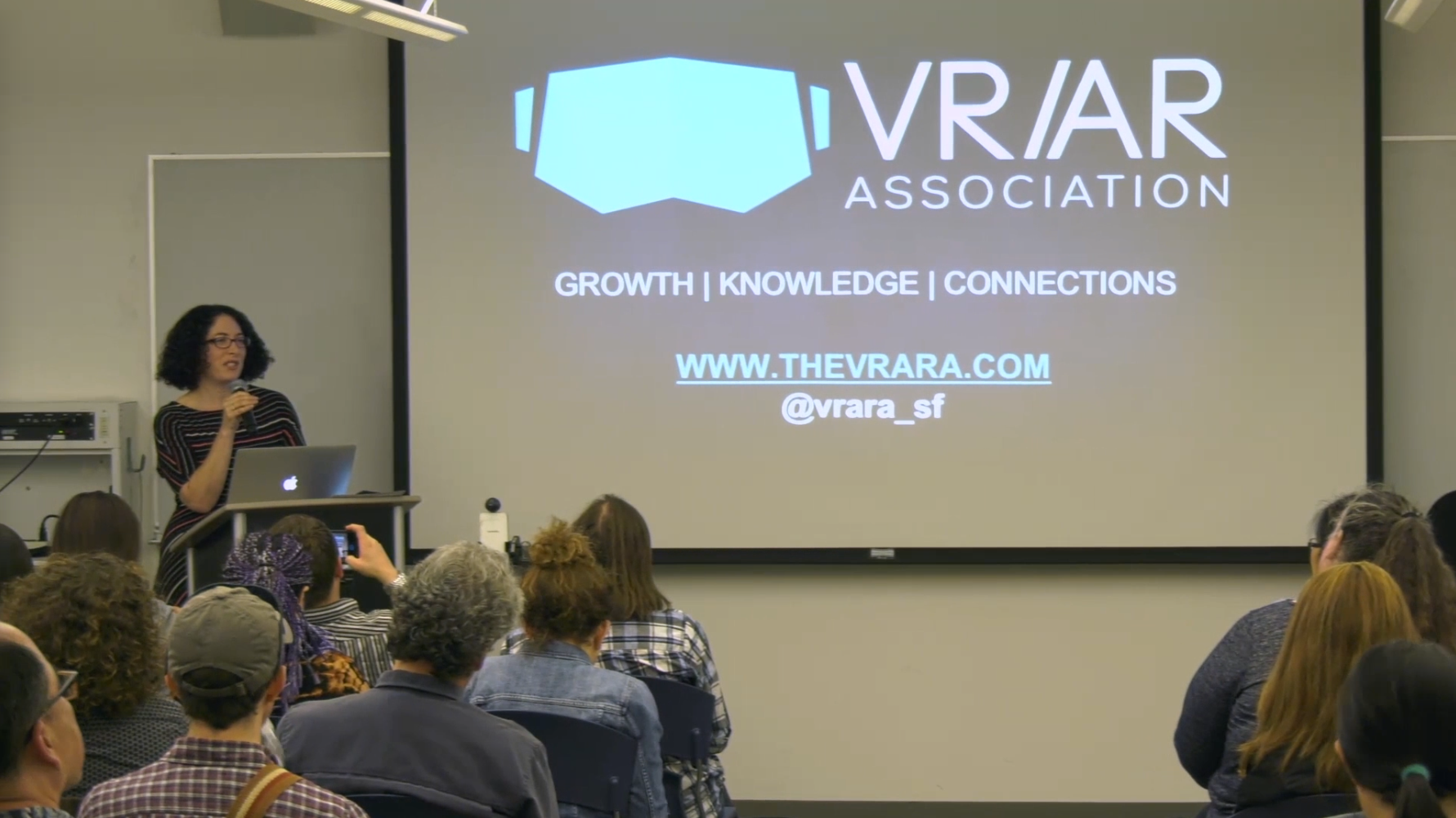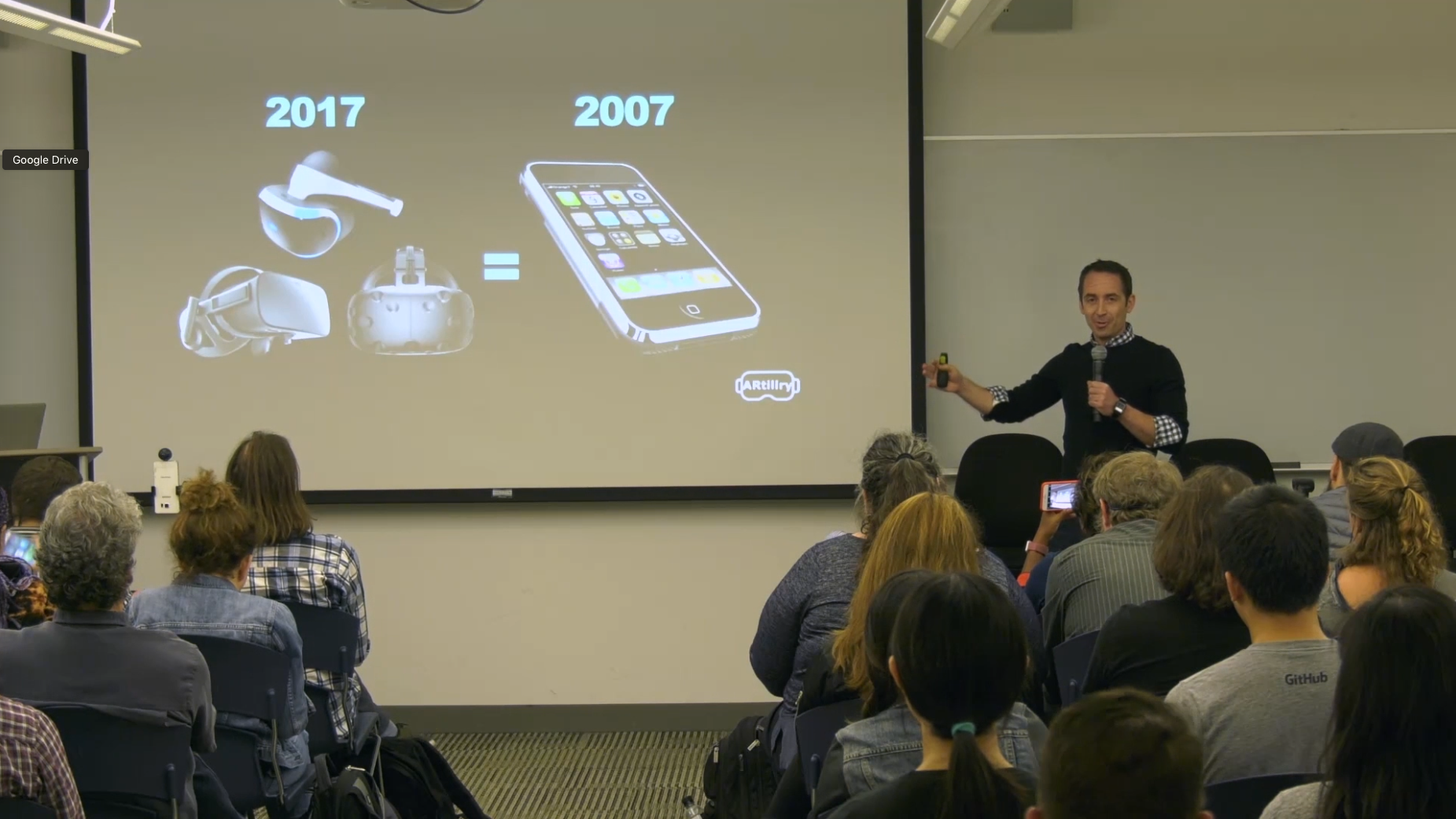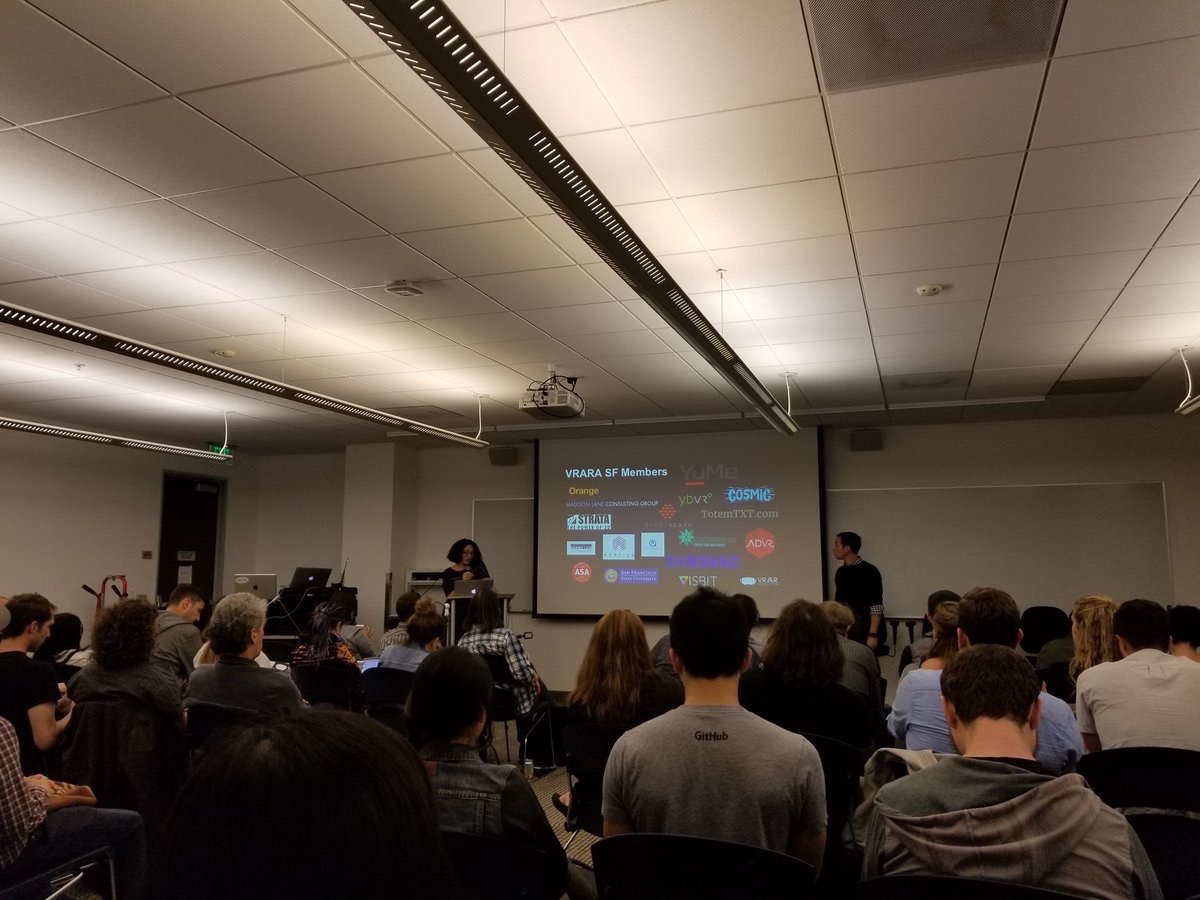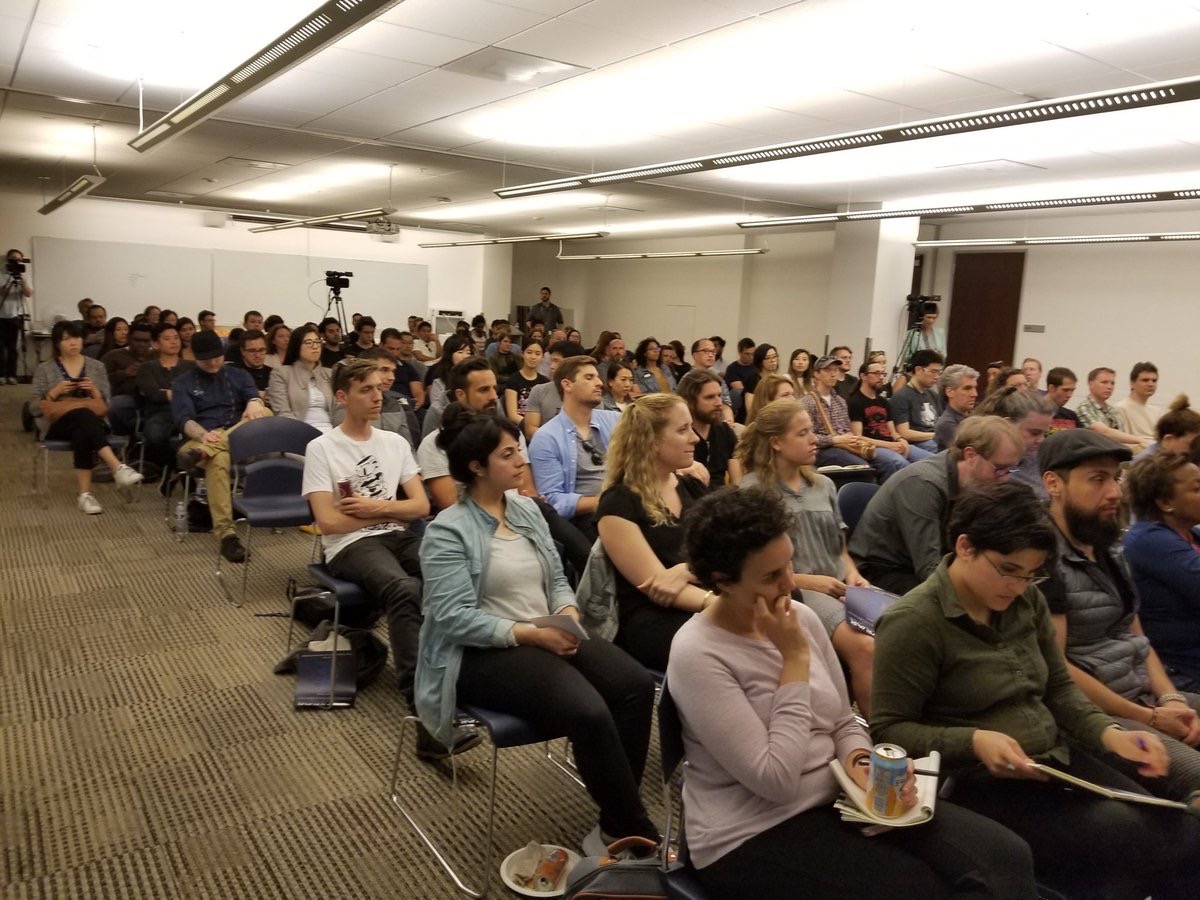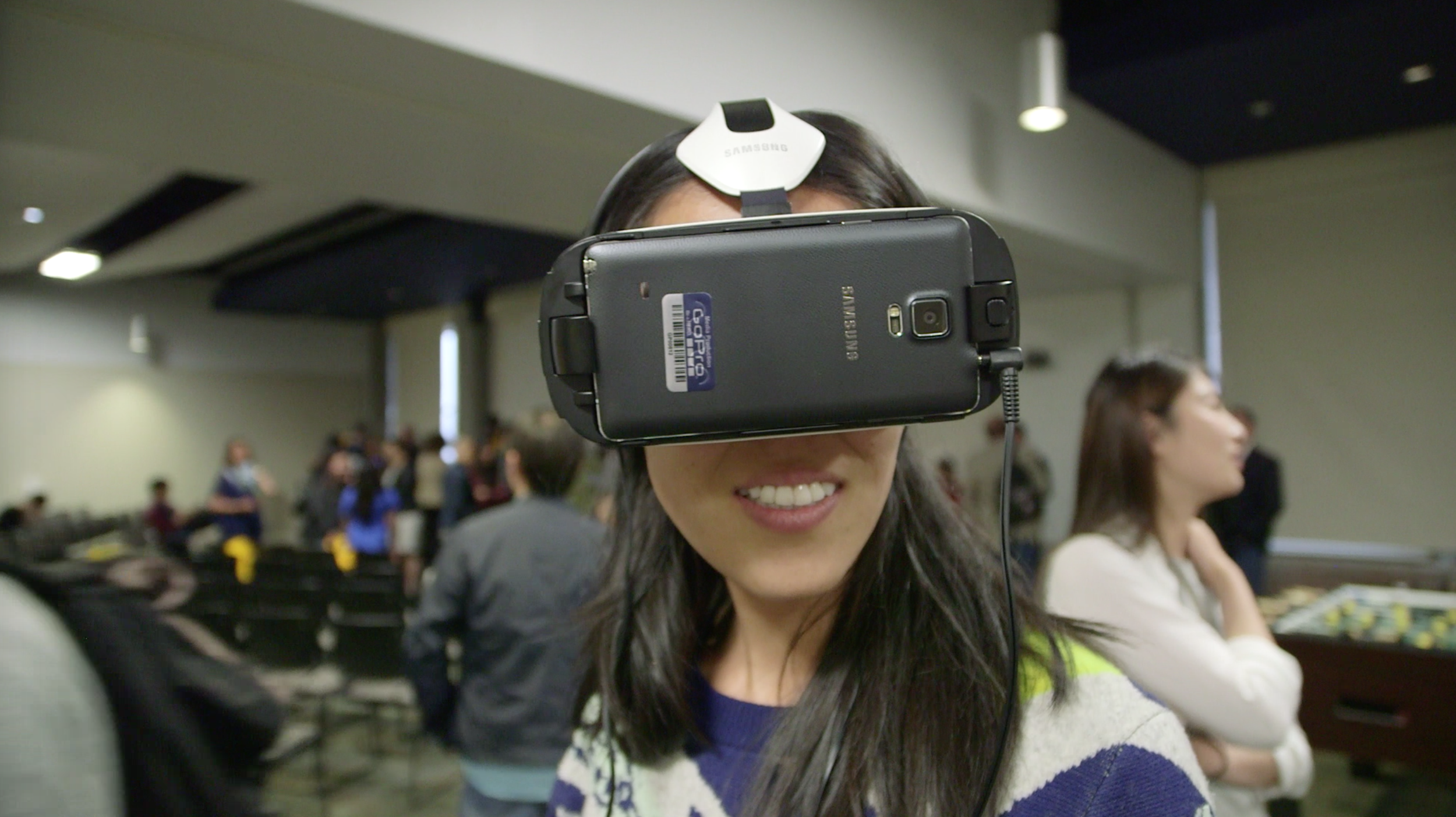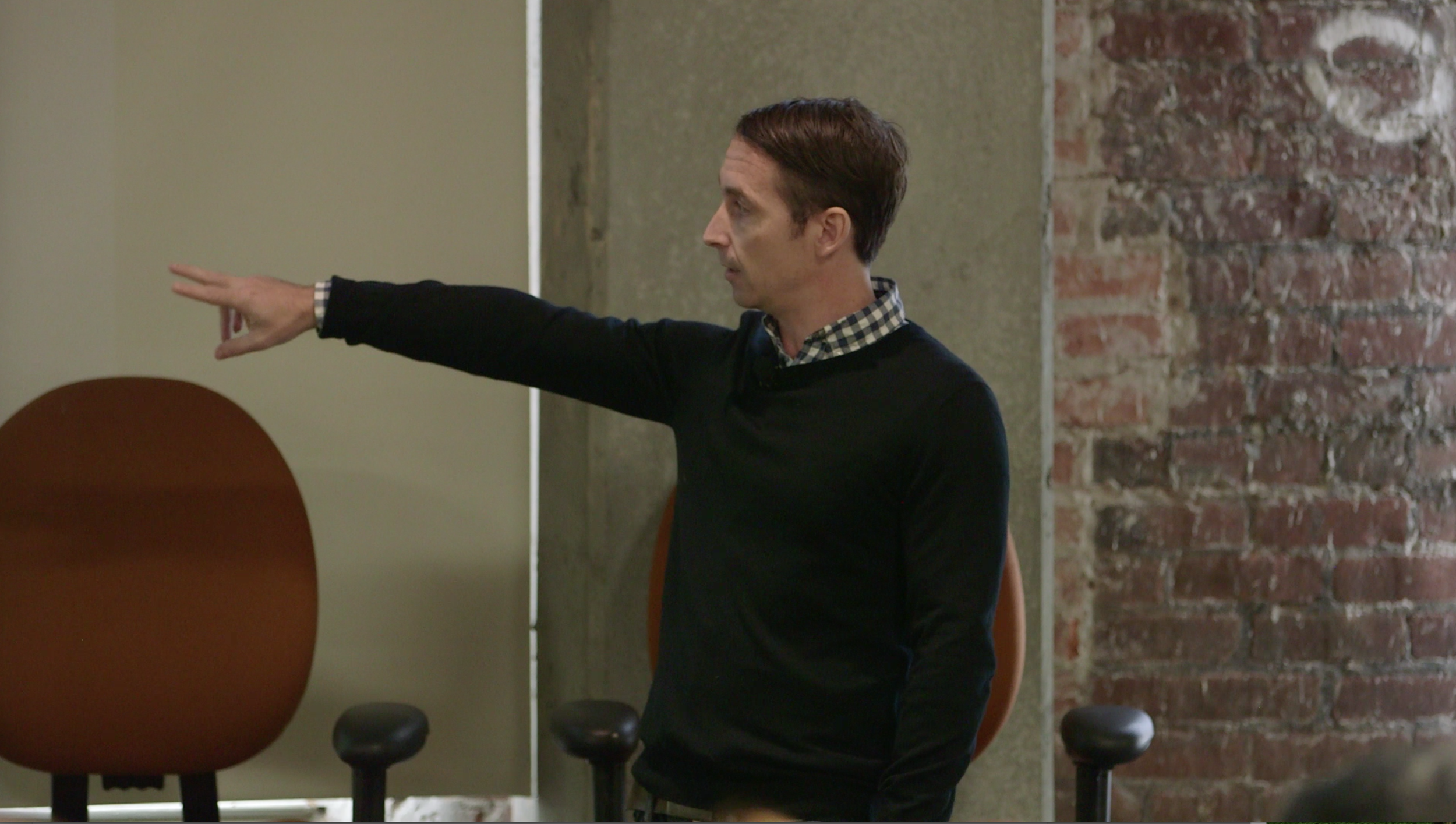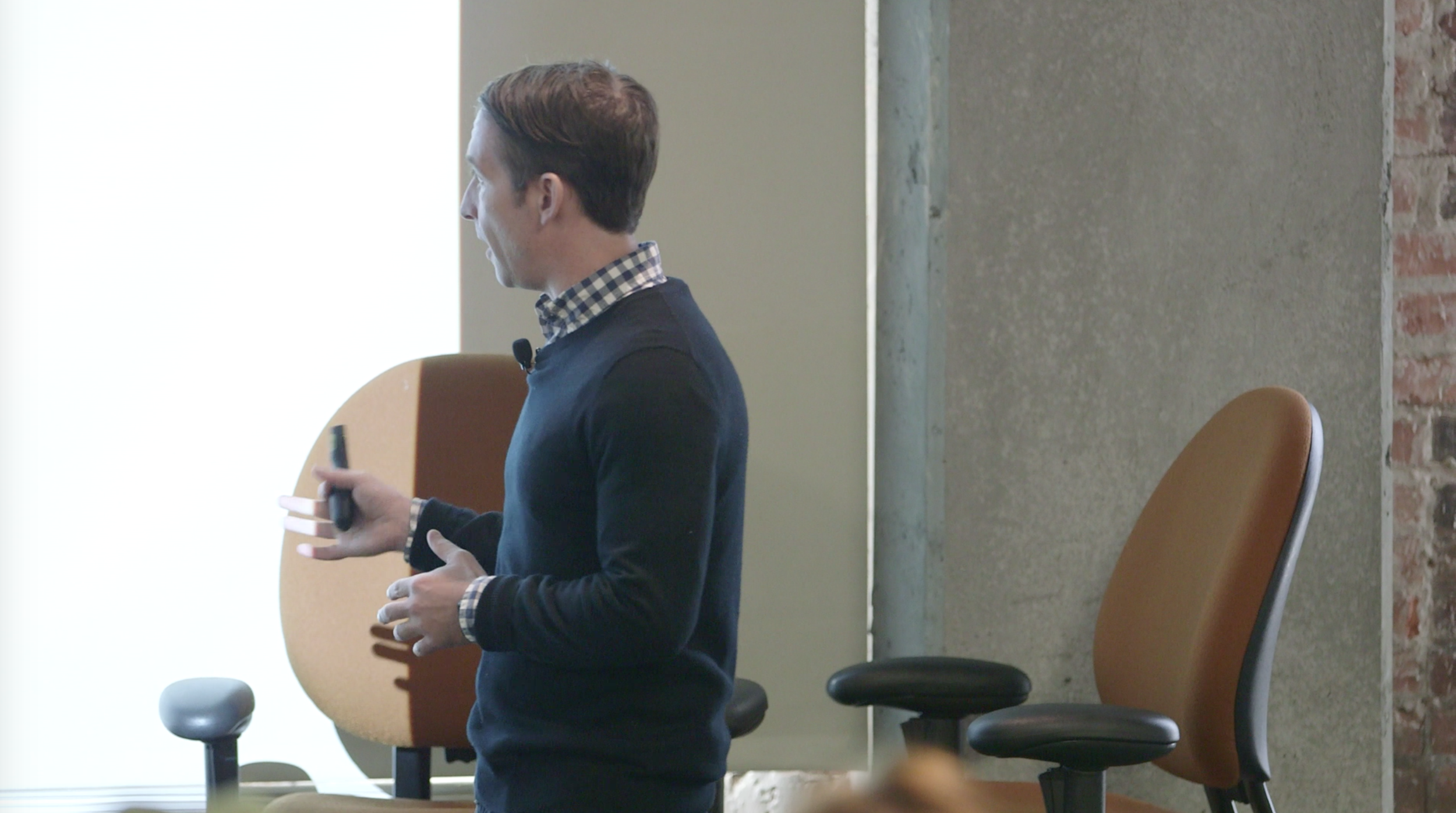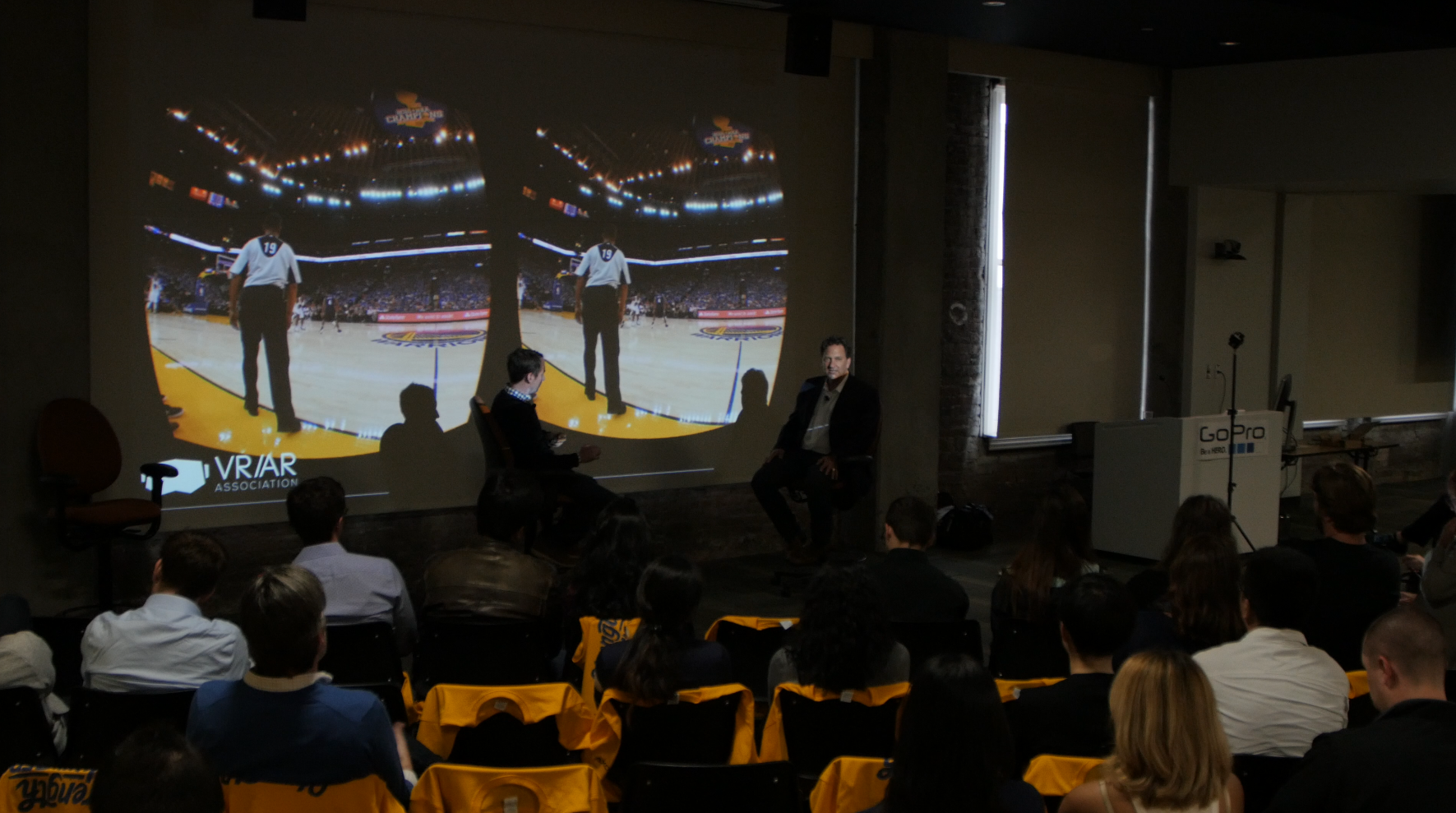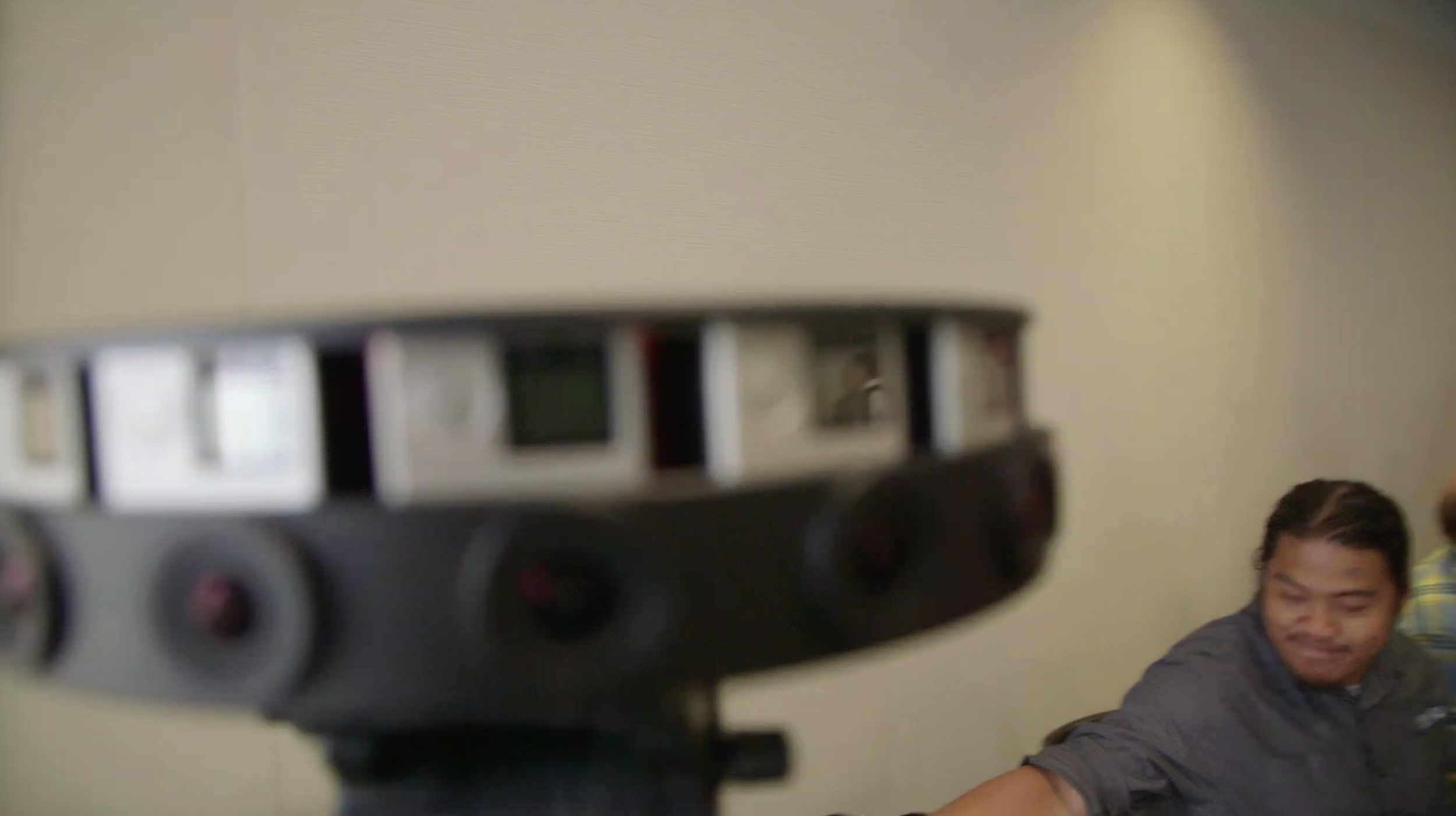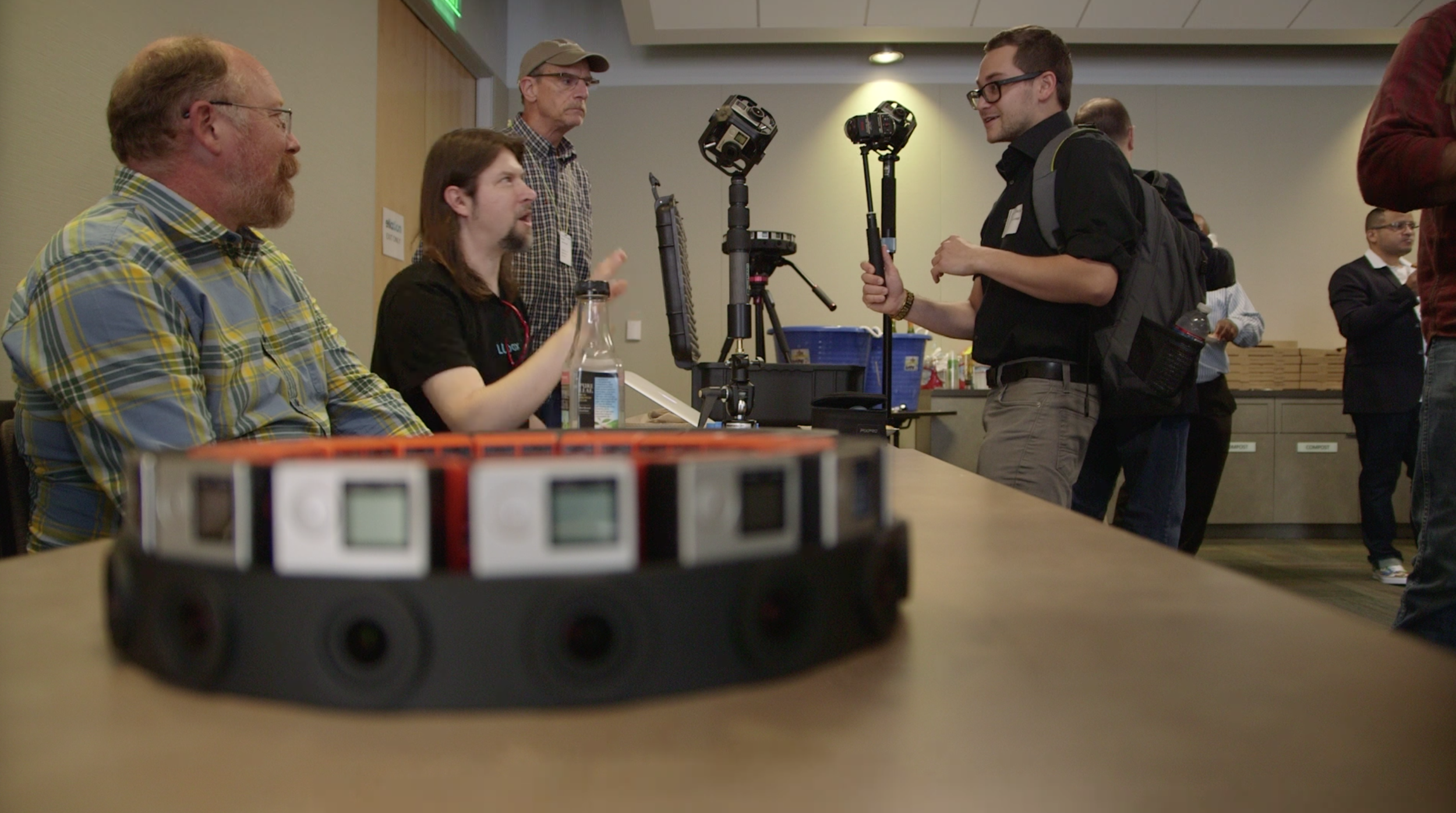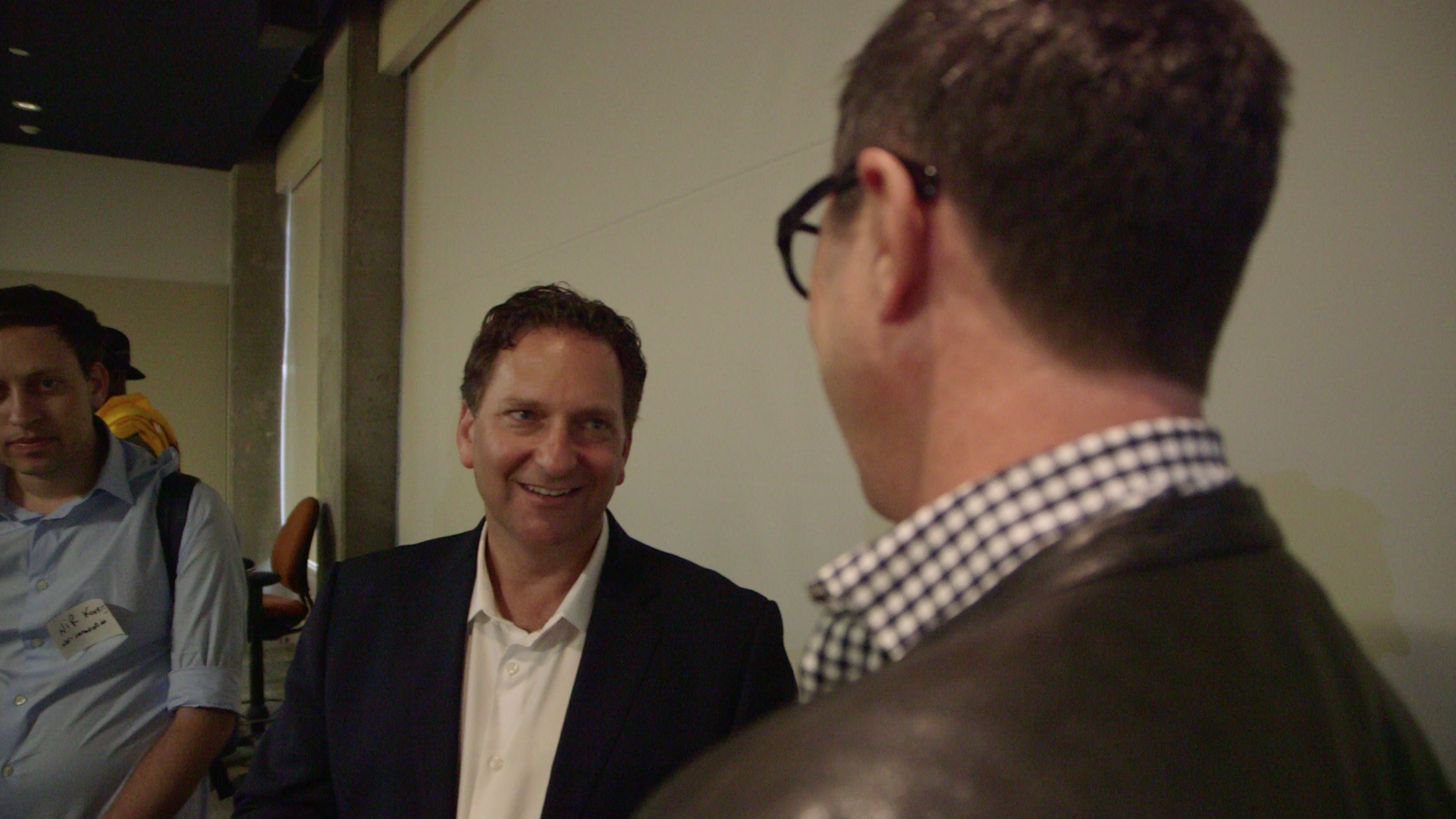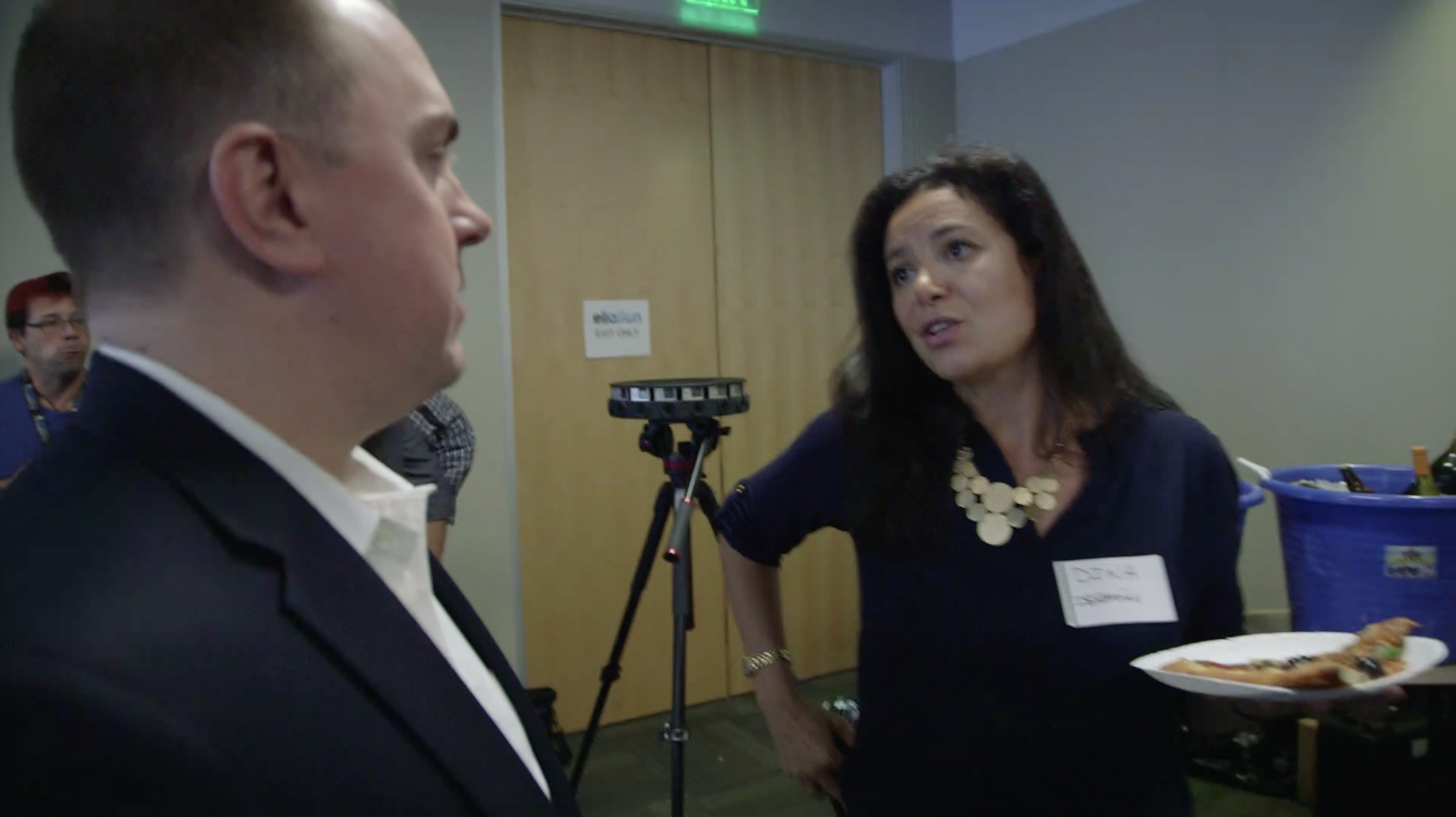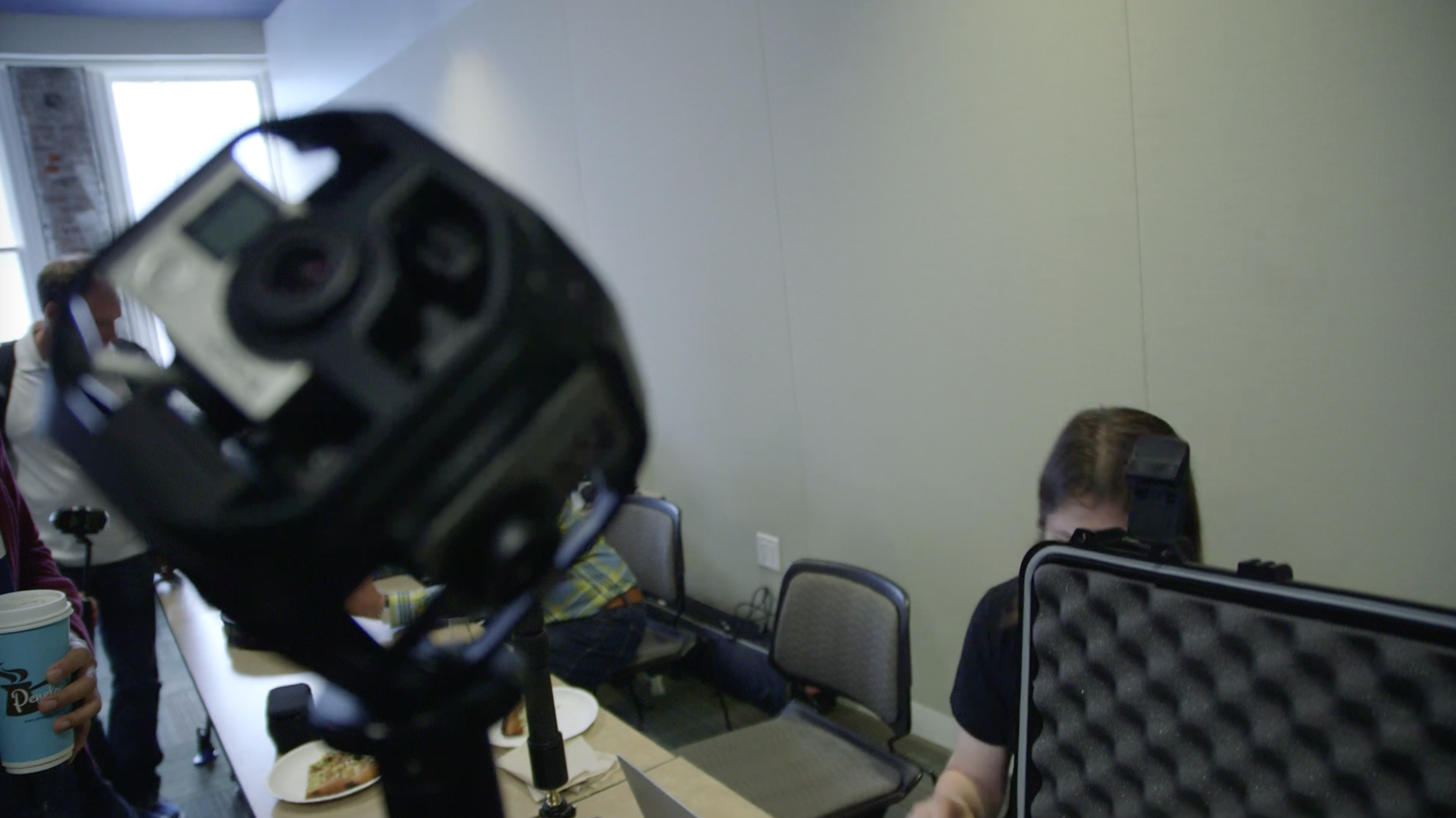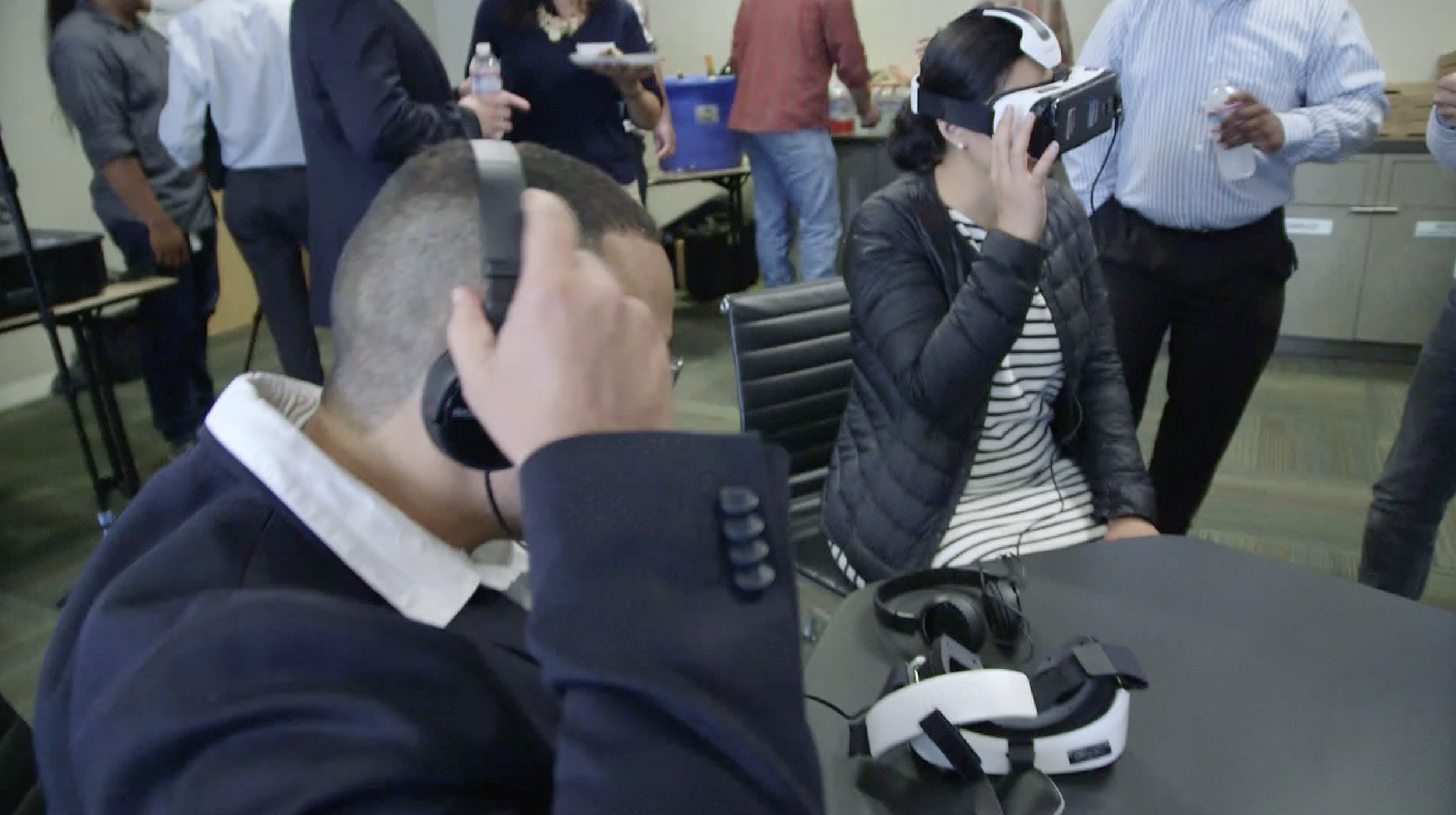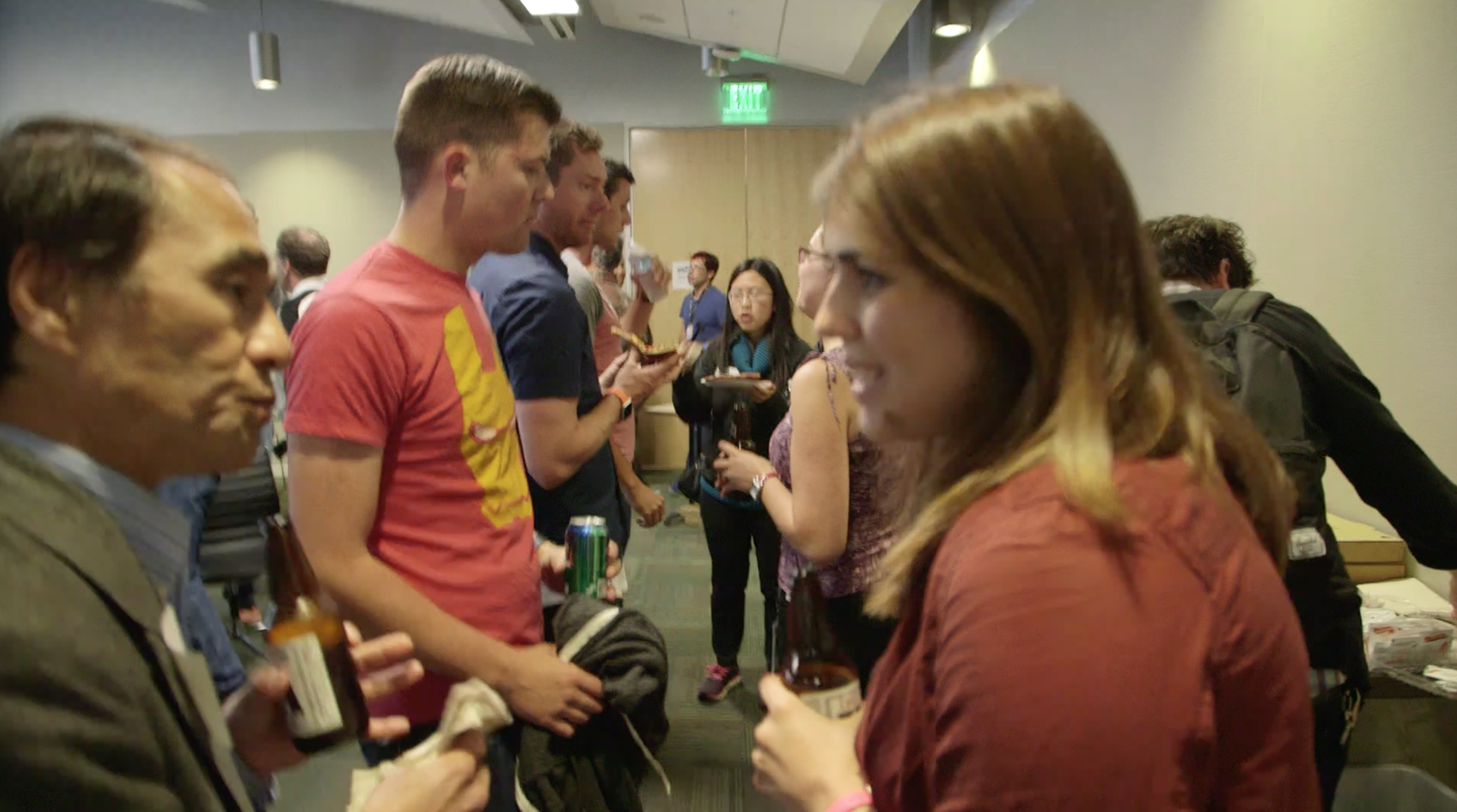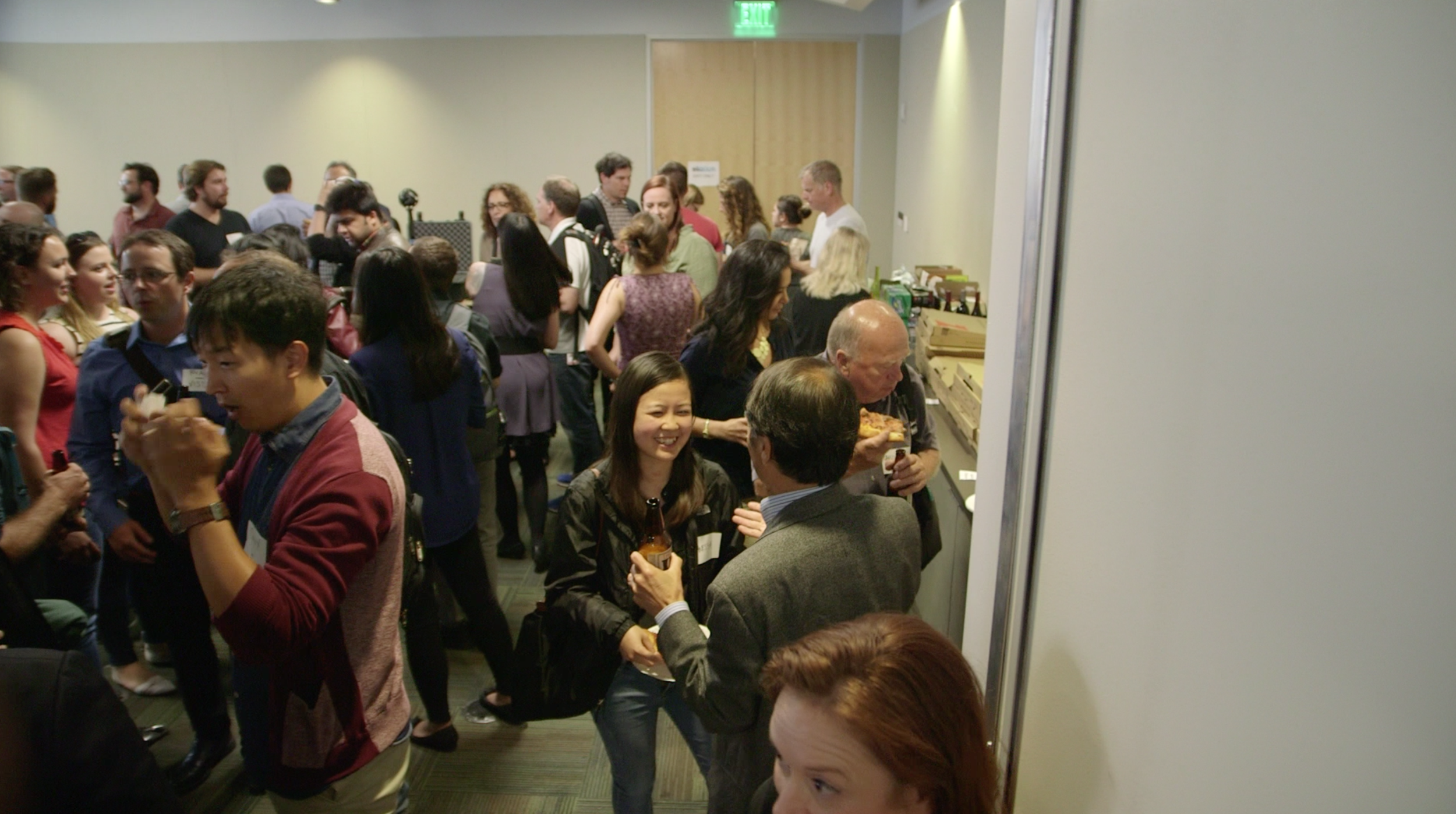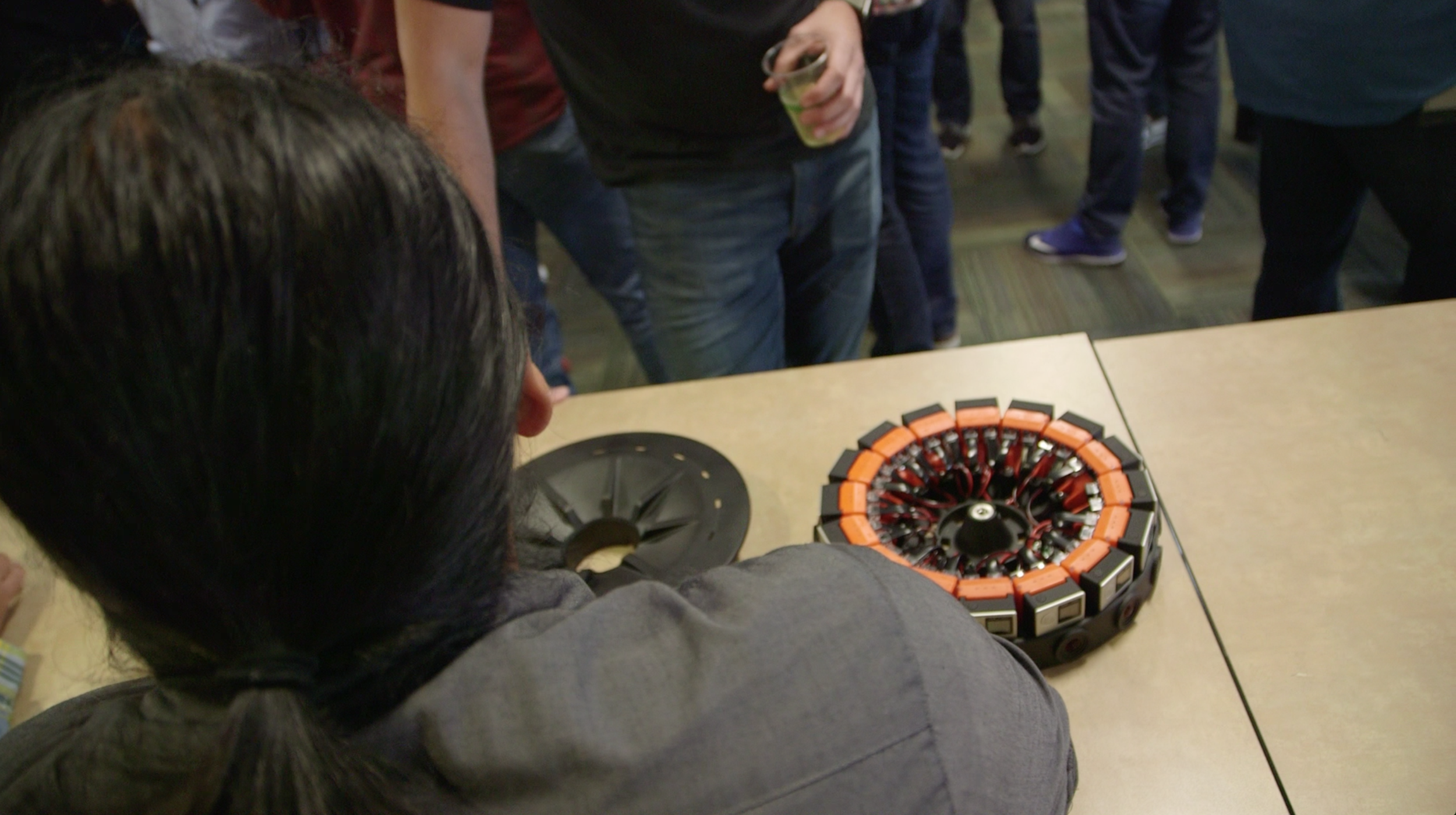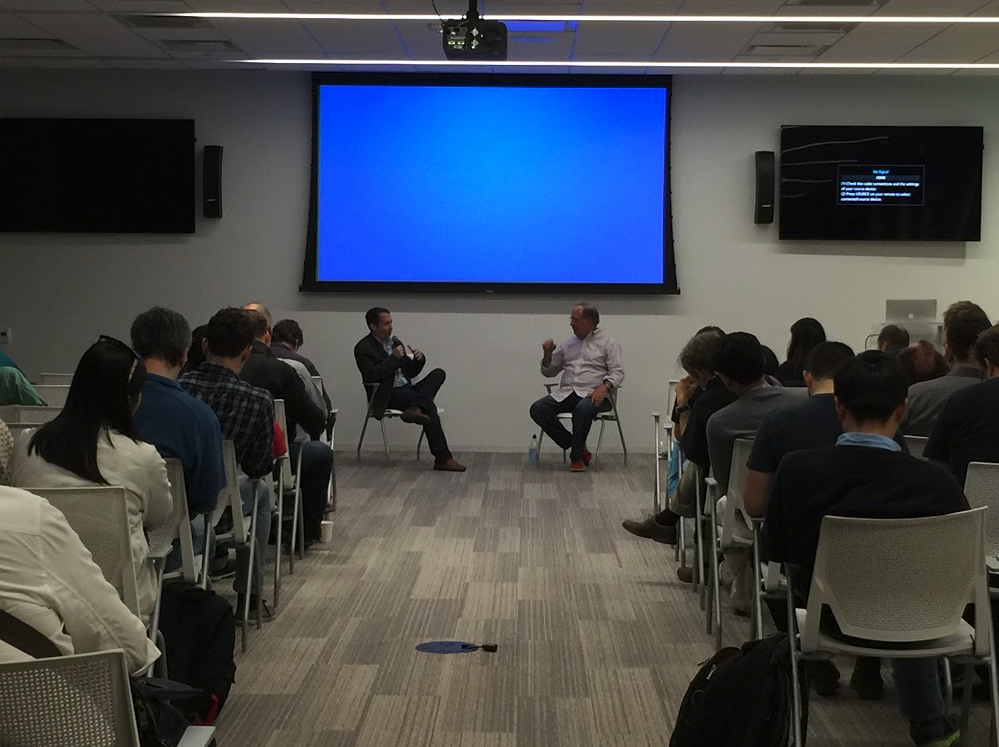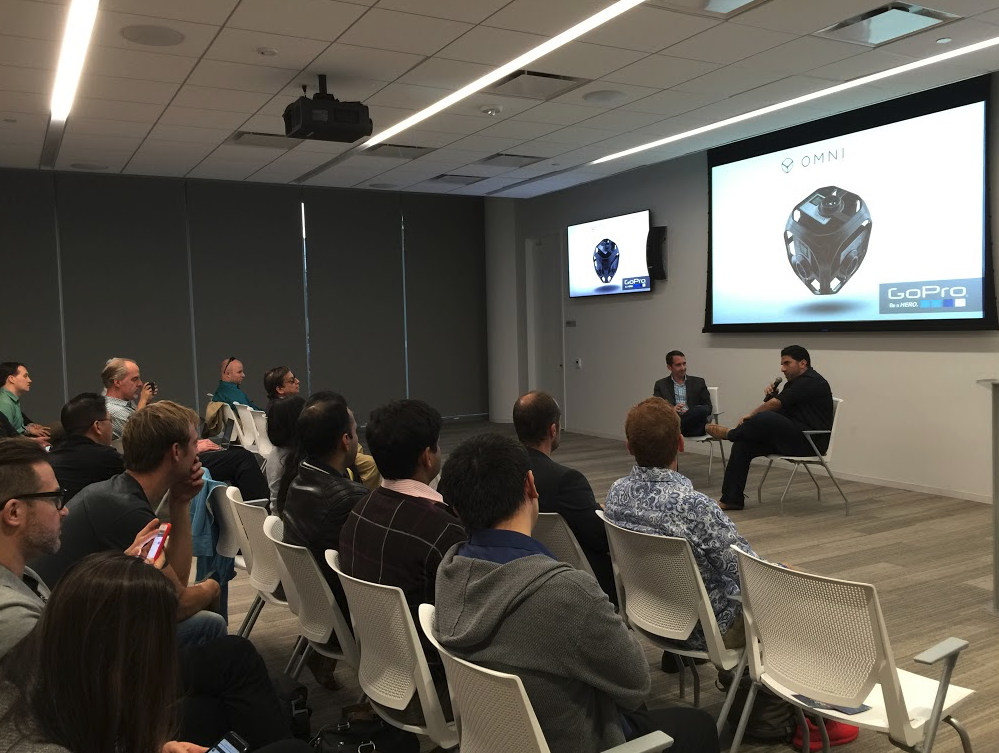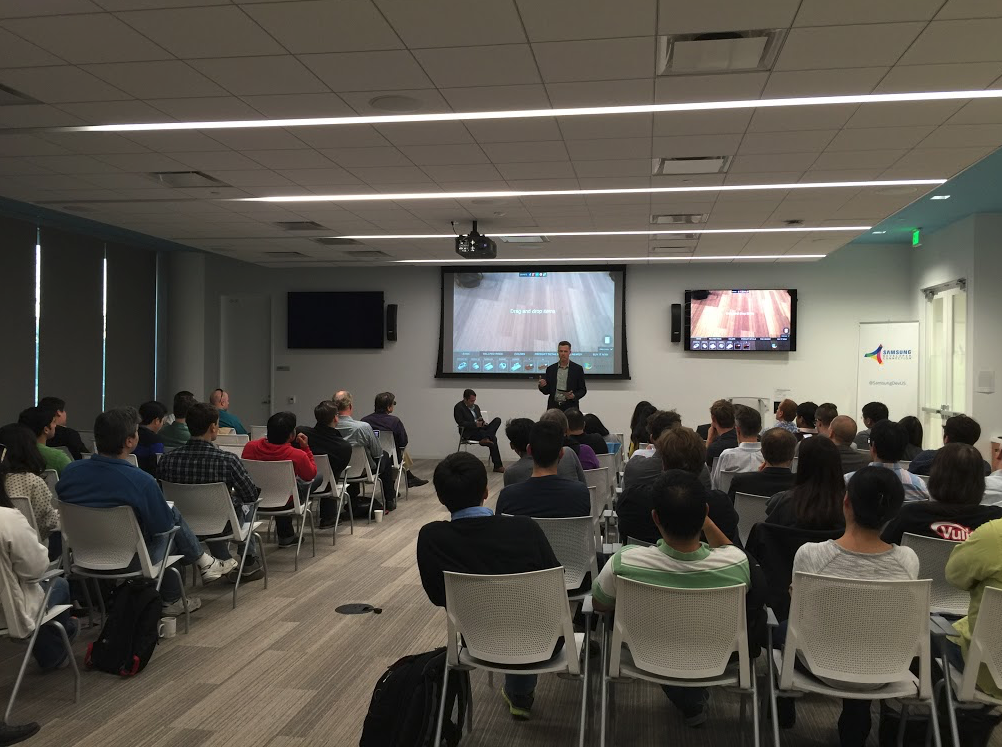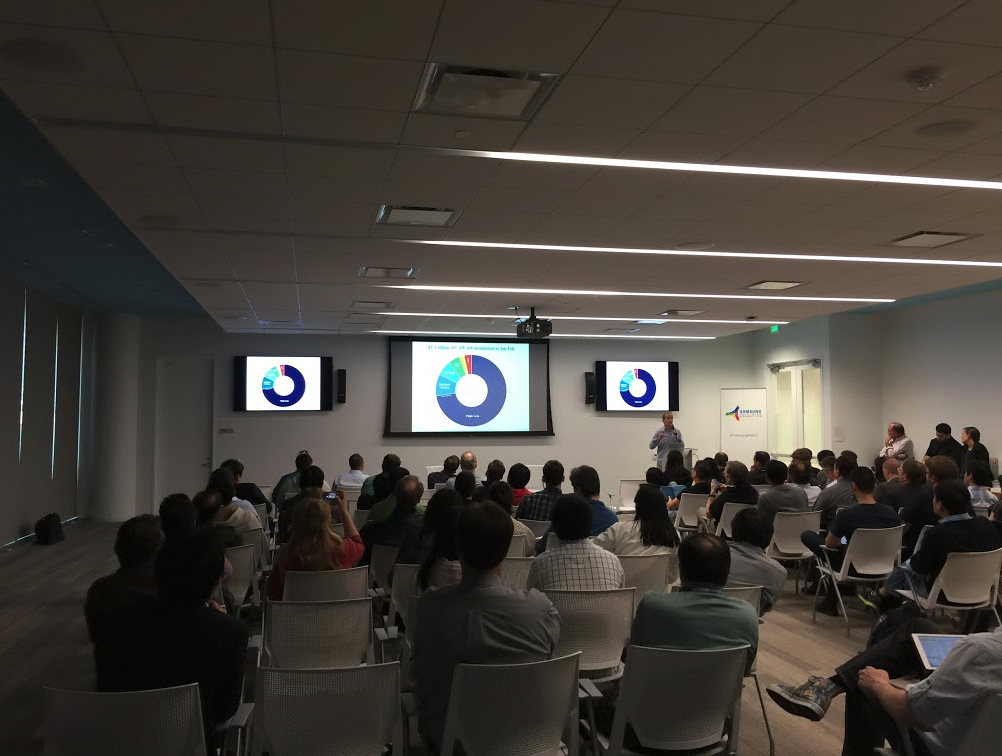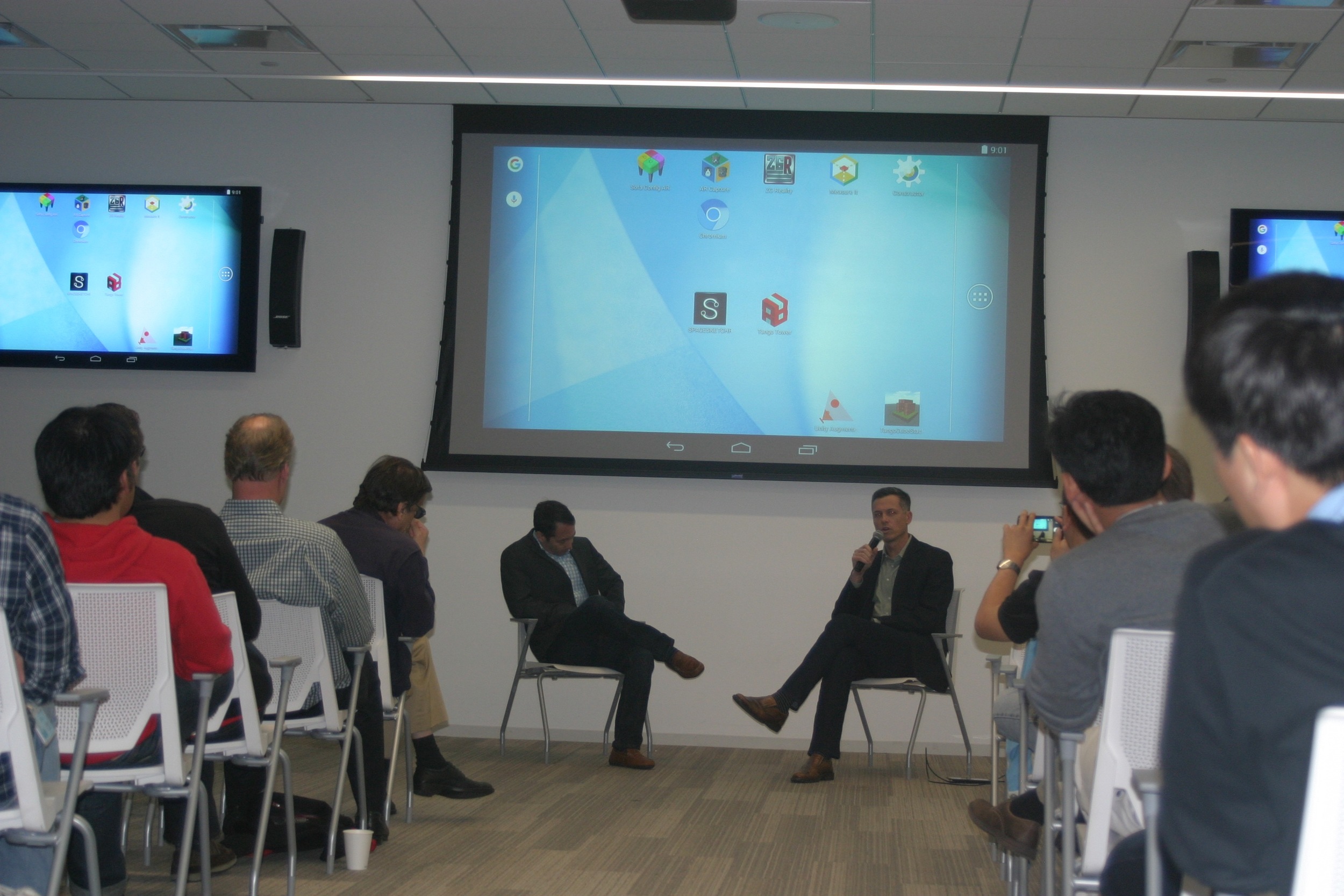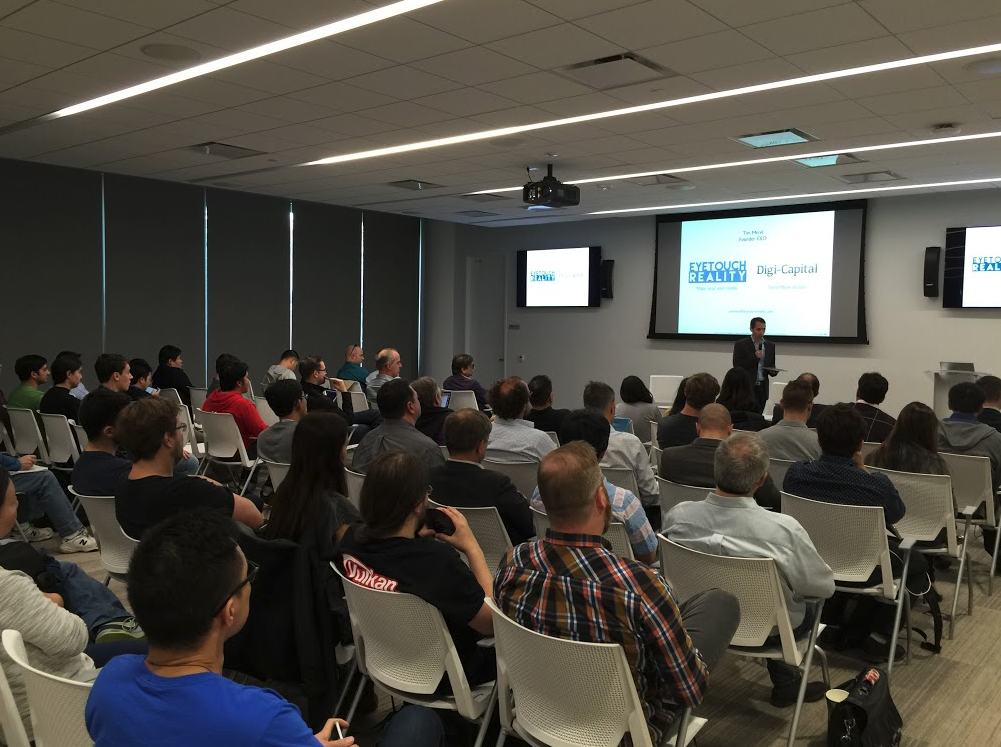One of the biggest headlines in the worlds of VR and AR is the sheer weight of the market opportunity. Digi-Capital projects a $120B market by 2020.
This was one of the biggest takeaways from Thursday's VRARA San Francisco chapter launch. It included a procession of A-list speakers -- each attacking VR/AR from a different angle.
Altogether they exhibited VR/AR's breadth of applicability. That includes different verticals and business categories, as well as different parts of the technology stack.
As I mentioned in the event's opening comments, that complex and multi-faceted ecosystem is the mark of any industry that requires what I like to call, a "unifying entity". Enter VRARA.
Here are the biggest takeaways from our speakers, in order of appearance:
Tim Merel: Founder and CEO, Eyetouch Reality; TechM&A adviser Digi-Capital.
Digi-Capital has been the source of record for forecasting the VR/AR space. In addition to the $120 figure above, the firm recently pegged 2016 VR/AR investment levels at $1.1B already. Tim Merel kicked off the rodeo by quantifying the world of VR/AR. Among other takeaways, the winners in capturing that massive market opportunity will be those that develop VR/AR products with native thinking, rather than porting over media from existing formats.
Eric Johnson, Business Development, Google, Project Tango
Google's Project Tango is one of the most intriguing and under-recognized initiatives in the VR/AR world. As Johnson showed through a few audience-grabbing demos, the technology builds 3D rendering of interior spaces. Sort of a Google maps for 3d indoor spaces, it addresses unchartered territory (literally). These interior renderings are meant to provide a canvas, upon which developers can build all kinds of VR and AR experiences. Though the media and tech blogosphere mostly focus on VR consumer gear, this creation of VR/AR content will be a key step in advancing the industry, Johnson agreed.
Mehrshad Mansouri: Director of BD & Partnerships, Software and Services, GoPro
Speaking of content creation, GoPro's Mansouri explored the 3D camera mounts it's building to capture VR-compatible content. At first, this will map to the areas where GoPro shines -- adventure sports and imbedded journalism. But there are lots of other areas Mansouri believes it can go. One notable shift this will drive: the reinvention of visual storytelling. Filmmakers will be forced to learn or pioneer an entirely new craft, when the traditional art of scene framing and blocking go from 16:9 to 360 degrees. Those who adopt sooner and reinvent themselves will be best positioned (a theme echoed by Shel Israel below). On the subject of 360 video capture, a big shoutout is deserved to Samsung's upcoming Gear360 public launch.
Kelly Thresher: Public Policy Analyst, USPS Office of Inspector General
Next in our batting order, Kelly Thresher dispelled the notion that the USPS is a slumbering government entity, by demonstrating its AR deployments -- both aspirational and applied. The latter includes making print media such as catalogues come to life with graphical overlays. This has several benefits she outlined: appealing to millennials; bringing digital tracking to an otherwise analogue media; and increasing catalogue "basket sizes." All of this notably aligns with an on-demand culture that compels more actionable content and quick buttons to "see", "order" "reserve" or "buy." But it doesn't end there: the next step for USPS is equipping warehouse employees and drivers with AR to do things like locate lost parcels and find the best delivery routes. A favorite example: optimally packing a delivery trucks like a winning Tetris board. Based on the operational scale of the USPS, the many small efficiencies this attains will add up to real bottom bottom line results.
Shel Israel: Author, Visionary, Nice Guy
Innovation cycles are accelerating and the digital divide is widening. This was one of the many takeaways from the fireside chat with our headliner, Shel Israel. The trajectory of innovation that brought us to this point is chronicled in the pages of Israel's last six books, most notably Age of Context and Naked Conversations. We're talking social, mobile, IoT, and location technologies -- the macro trends that have fertilized the ground for VR/AR. But notably, these will soon be yesterday's technologies, where many individuals will be stuck. Just as millennials were digital natives to these tech evolutions, generation Z will be native to VR/AR. Older generations that adopt VR/AR -- among other technologies covered in Shel's upcoming Beyond Mobile -- will be part of a personally-empowered future. Those who don't will be left behind. But this new version of the digital divide won't map to the factors that governed past digital divides (read: socio-economic). Moore's law and other factors will make emerging technologies widely accessible. So the digital divide will be more voluntary. That doesn't sound like a big barrier but older generations and population sub-groups will still paradoxically shun these technologies for reasons of ideology, fear or habit. Elsewhere in the world, oppressive governments will throw resources and artillery against these personally empowering technologies. This could define much of the geo-political news and activity we see in the next five years... All new versions of Arab Spring.
It was a captivating night, thanks to our caliber of speakers. A special shoutout to our host Samsung, Dustin Wish, and a great crowd. Stay tuned for much more, including next week's NYC Chapter Launch.

